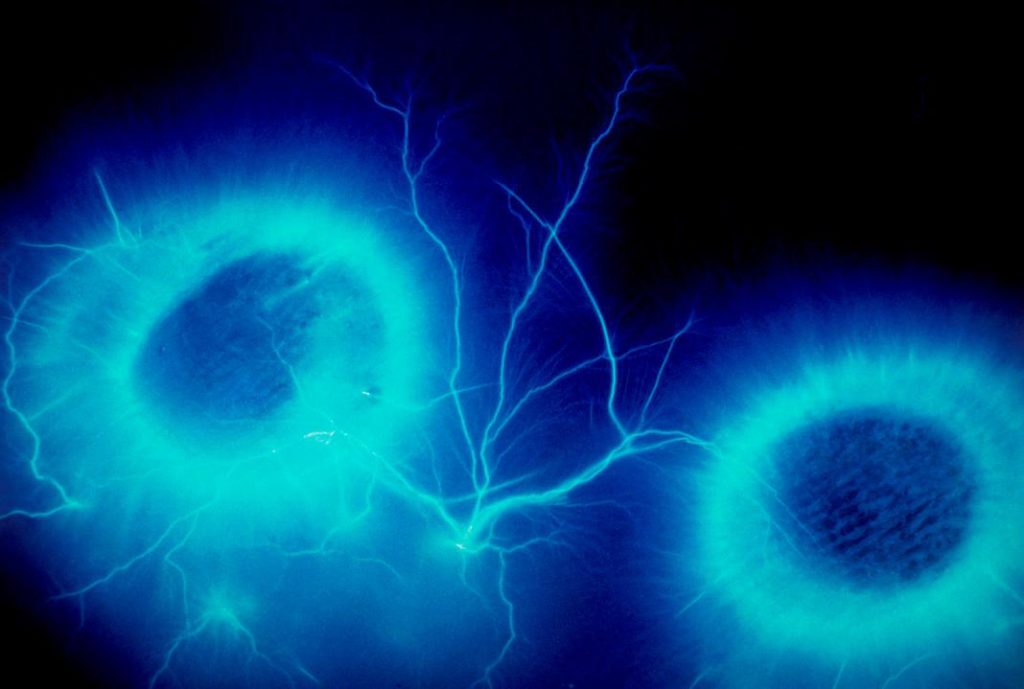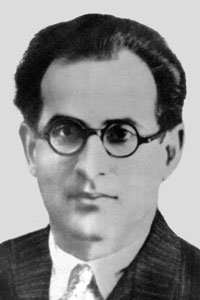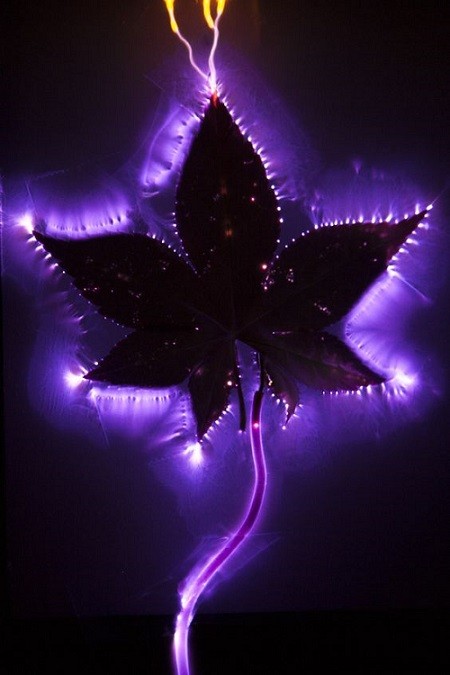Kirlian Photography is a high voltage, contact print photography
Kirlian Photography is a process that uses pulsed high voltage frequencies & electron cascades to take pictures of usually invisible, radiating energy fields that surround us all. Photo techniques.
Kirlian Photography Research and History
Kirlian photography is a technique for creating contact print photographs using high voltage. The process entails placing sheet photographic film on top of a metal discharge plate. The object to be photographed is then placed directly on top of the film. High voltage is momentarily applied to the object, thus creating an exposure. The corona discharge between the object and the plate due to high-voltage is captured by the film. The developed film results in a Kirlian photography of the object.
Kirlian effect is a visible electro-photonic glow of an object in response to pulsed electrical field excitation. Semyon Kirlian and his wife who first recorded and studied it in detail since 1930s.
kirlian photography research
The principle of Kirlian Effect operation is as follows. Between the two flat electrodes covered with a dielectric, a high-frequency electric current generator is placed the object under investigation and a film placed by the emulsion layer to the object. A high-frequency electric current is applied to the electrodes. Under the influence of an electric field of high intensity, field emission occurs on the surface of the electrodes. In the narrow gap between the electrodes, a gas discharge occurs. Electron-ion avalanches penetrate the object under investigation and the photographic film.
As a result, the photographic film displays a glow of an object whose character depends on the physical properties of the object. An object can be a leaf of a plant, a drop of liquid or a finger of a person acting as an electrode.
When researching a person, depending on the skin’s electrical resistance, humidity in the immediate vicinity of the finger and other electrical parameters of the human body, one or another picture of the glow is recorded on a photographic film placed between the finger and the other electrode.
GDV Analysis of Electrophotonic Glow of Liquids (GDV Technologies by DrK – computerized Kirlian Effect):

More about Semyon and Valentina Kirlian
A corona discharge is an electrical discharge brought on by the ionization of a fluid such as air surrounding a conductor that is electrically charged.
Spontaneous corona discharges occur naturally in high-voltage systems unless care is taken to limit the electric field strength. A corona will occur when the strength of the electric field (potential gradient) around a conductor is high enough to form a conductive region, but not high enough to cause electrical breakdown or arcing to nearby objects.
It is often seen as a bluish (or other color) glow in the air adjacent to pointed metal conductors carrying high voltages, and emits light by the same property as a gas discharge lamp. In many high voltage applications corona is an unwanted side effect.
Corona discharge from high voltage electric power transmission lines constitutes an economically significant waste of energy for utilities. In high voltage equipment like Cathode Ray Tube televisions, radio transmitters, X-ray machines and particle accelerators the current leakage caused by coronas can constitute an unwanted load on the circuit.
In air, coronas generate gases such as ozone (O3) and nitric oxide (NO), and in turn nitrogen dioxide (NO2), and thus nitric acid (HNO3) if water vapor is present. These gases are corrosive and can degrade and embrittle nearby materials, and are also toxic to humans and the environment.
Corona discharges can often be suppressed by improved insulation, corona rings, and making high voltage electrodes in smooth rounded shapes. However, controlled corona discharges are used in a variety of processes such as air filtration, photocopiers and ozone generators.
In many high voltage applications corona is an unwanted side effect. Corona discharge from high voltage electric power transmission lines constitutes an economically significant waste of energy for utilities.
In high voltage equipment like Cathode Ray Tube televisions, radio transmitters, X-ray machines and particle accelerators the current leakage caused by coronas can constitute an unwanted load on the circuit.
In air, coronas generate gases such as ozone (O3) and nitric oxide (NO), and in turn nitrogen dioxide (NO2), and thus nitric acid (HNO3) if water vapor is present. These gases are corrosive and can degrade and embrittle nearby materials, and are also toxic to humans and the environment.
Corona discharges can often be suppressed by improved insulation, corona rings, and making high voltage electrodes in smooth rounded shapes. However, controlled corona discharges are used in a variety of processes such as air filtration, photocopiers and ozone generators.
See more: History of the Bioelectrography
Wiki:
https://en.wikipedia.org/wiki/Kirlian_photography
https://en.wikipedia.org/wiki/Corona_discharge#Mechanism_of_corona_discharge



